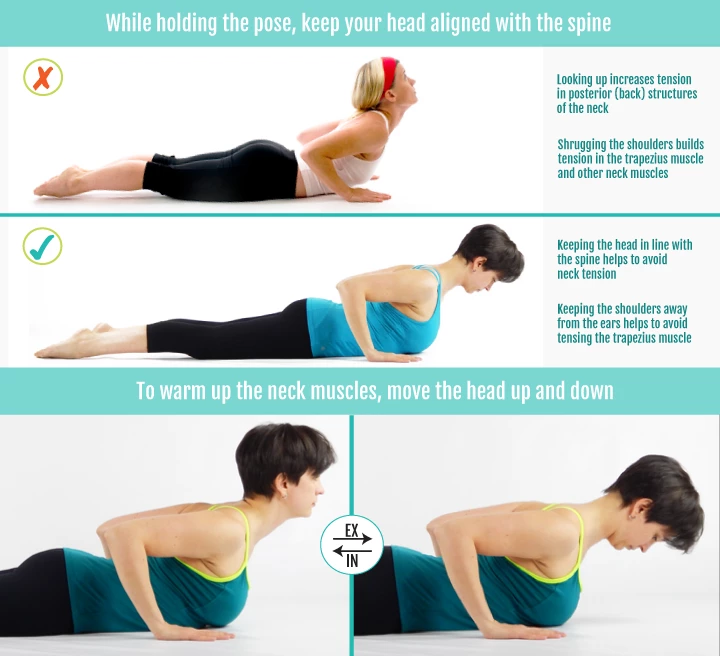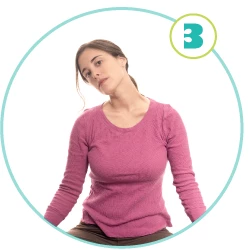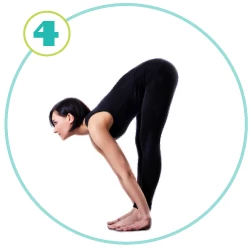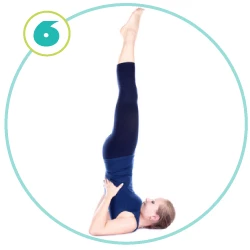Yoga for Back Pain: 6 Reasons Your Yoga Practice Might Be a Pain in the Neck
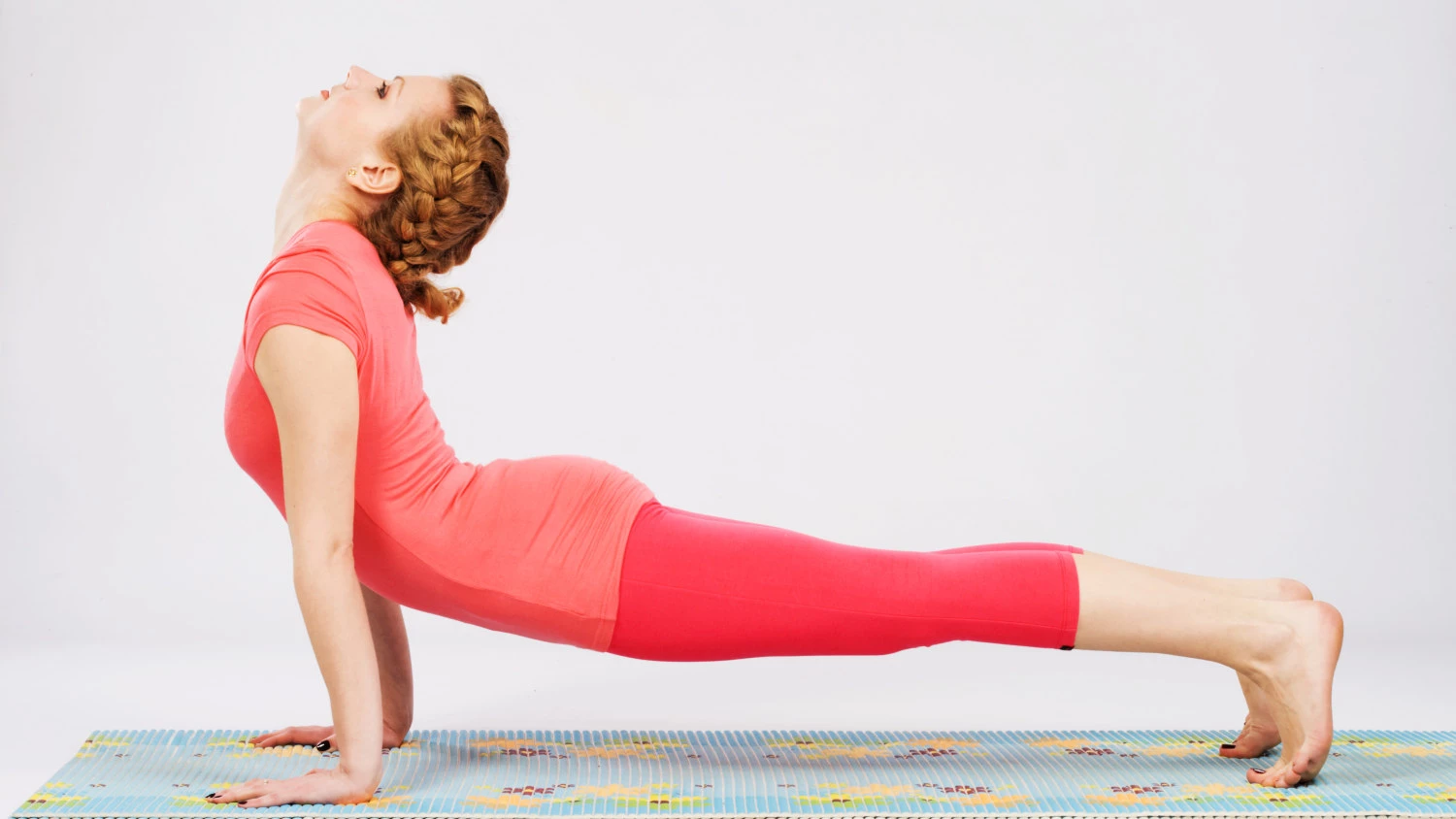
Many of us carry tension in our necks and when we go to a yoga class we hope to come out with our necks feeling better. But that is not always the case. There are certain things that you might be doing in a yoga class that can generate neck tension, instead of relieving it. Here are some of them:
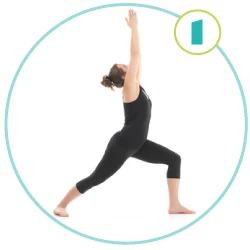 Looking up in yoga poses, for example in Warrior 1. My teacher jokes sometimes that the only reason a warrior would look up in the battlefield is to pray to heavens because he’d be gone in an instant. But battlefield aside, holding your head back doesn’t serve any particular purpose, other then stressing the posterior (back) musculature of the neck. There are some poses (like Camel Pose, for example), where you do take your head back, otherwise you will stress your anterior (front) neck muscles. But even there we need to avoid hyperextension (one way to avoid hyperextension is to lift your breastbone up, so that it is parallel to the ground).
Looking up in yoga poses, for example in Warrior 1. My teacher jokes sometimes that the only reason a warrior would look up in the battlefield is to pray to heavens because he’d be gone in an instant. But battlefield aside, holding your head back doesn’t serve any particular purpose, other then stressing the posterior (back) musculature of the neck. There are some poses (like Camel Pose, for example), where you do take your head back, otherwise you will stress your anterior (front) neck muscles. But even there we need to avoid hyperextension (one way to avoid hyperextension is to lift your breastbone up, so that it is parallel to the ground).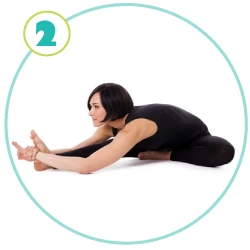
Jutting the chin out – that’s a common occurrence in yoga classes. It usually happens because of habits, chronic tension or because we’re trying to keep an eye on what’s going on around us. As a general rule, we want to keep the cervical spine and the head in a neutral position, unless we are working with the neck specifically. For example, in Bhujangasana:
Neck circles still pop up in the yoga classes here and there. The risks of neck circles have been discussed for years. To be honest I’m not a fan of any kind of neck circling or isolated neck stretches, for example at the beginning of the class. To me this is time wasted because there are much more effective ways to warm up your neck and upper back.
Not enough movement in the neck in general. Imagine this scenario: you’ve been sitting at your desk all day, staring at your screen. Your neck remains in a relatively static position. Then you go to a yoga class and you are asked once again to hold your head in a fixed position – that’s a recipe for more neck tension. What would be more useful here is to MOVE your head along with your thoracic spine and your arms to increase blood flow to your neck muscles and give those muscles a chance to relax.
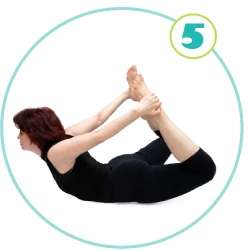 Not enough compensation after holding the neck in a fixed position in a more difficult posture. Some of the poses clearly challenge the neck (like Matsyasana/Fish pose), but often times even if the pose doesn’t call for an extreme head position, the student will tense the neck in her effort to go deeper into the pose (Ex: Dhanurasana/Bow Pose). As teachers, we need to be able to foresee those possibilities and prepare and compensate appropriately. For example, if we are planning to do a Bow posture, we would spend time to warm up the neck and upper back. After attempting the pose, we would do some sort of gentle neck flexion, then some sort of rotation, then gentle flexion again.
Not enough compensation after holding the neck in a fixed position in a more difficult posture. Some of the poses clearly challenge the neck (like Matsyasana/Fish pose), but often times even if the pose doesn’t call for an extreme head position, the student will tense the neck in her effort to go deeper into the pose (Ex: Dhanurasana/Bow Pose). As teachers, we need to be able to foresee those possibilities and prepare and compensate appropriately. For example, if we are planning to do a Bow posture, we would spend time to warm up the neck and upper back. After attempting the pose, we would do some sort of gentle neck flexion, then some sort of rotation, then gentle flexion again.
Attempting risky inversions. I would advise you against teaching advanced inversions to students that you don’t know, especially if they are older. The risks of the Shoulderstand and Headstand are very real and shouldn’t be discarded. Also, please don’t practice Shoulderstand on the floor (as in the photo) without support of at least four to six inches of padding under your shoulders. It’s best to learn Shoulderstand from an experienced teacher, one on one if possible, to make sure you’ve set up the pose safely.
We need to treat our necks with the respect that they deserve and attend to their needs regularly. Below is an example of a 35 minute yoga practice that will help you stretch the sides of your neck and loosen up your shoulders. This yoga practice will help you stretch the sides of your neck and loosen up your shoulders. Please do not not attempt this practice if you cannot sweep your arms[…]
This subject is also explored in another recent YogaUOnline article, Yoga for Back Pain: Are Your Tech Devices Ruining Your Posture?
Reprinted with permission from SequenceWiz
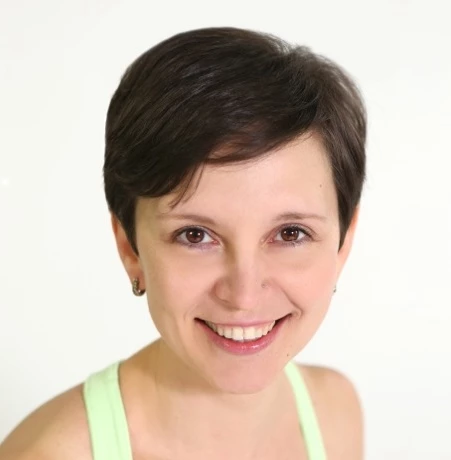
Educated as a school teacher, Olga Kabel has been teaching yoga for over 14 years. She completed multiple Yoga Teacher Training Programs, but discovered the strongest connection to the Krishnamacharya/ T.K.V. Desikachar lineage. She had studied with Gary Kraftsow and American Viniyoga Institute (2004-2006) and received her Viniyoga Teacher diploma in July 2006 becoming an AVI-certified Yoga Therapist in April 2011. Olga is a founder and managing director of Sequence Wiz – a web-based yoga sequence builder that assists yoga teachers and yoga therapists in creating and organizing yoga practices. It also features simple, informational articles on how to sequence yoga practices for maximum effectiveness. Olga strongly believes in the healing power of this ancient discipline on every level: physical, psychological, and spiritual. She strives to make yoga practices accessible to students of any age, physical ability and medical history specializing in helping her students relieve muscle aches and pains, manage stress and anxiety, and develop mental focus.


